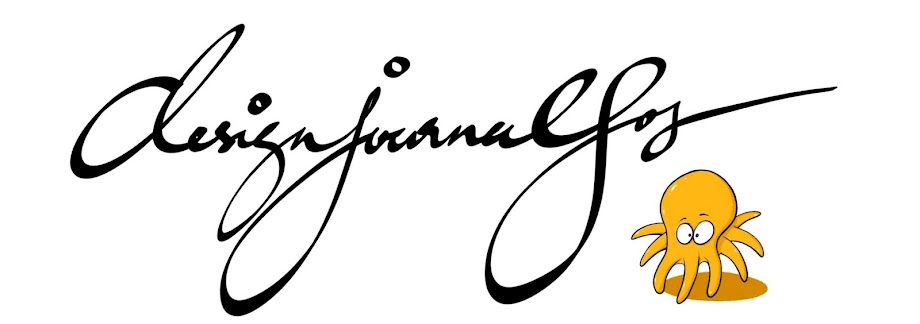*Updated in January 2022*
What
you'll see in this post are visual examples
on
- Theme Definition (Optional to read but NOT NEEDED from 2021 D&T Syllabus)
- Mindmap on the Theme
(exploring the theme)
- Theme Board (Optional to read but do this ONLY IF needed)
- Tips on how to use a mind map to identify Design Needs/Situations
- Identifying
and drafting Design Needs/Situations
- Selecting
Design Need / Situation for coursework
- Design
Brief
- Design
Considerations
- Design
Specifications
- (a) Pictorial Idea Generation and Development (Using SCAMPER) (Click here)
- (b) Pictorial Idea Generation and Development (Using Attribute Listing / Morphological Method) (Click here).
Use
them as a reference and a guide to start or to improve your journal. Make
informed choices on your own on what your takeaways should be after looking at
the materials in here. Do not copy.
----------------------------------------------------------------------------------------------------
Theme
Definition
!!! Do this ONLY if absolutely necessary !!!
For example if you need to understand terms in more detail in order to progress.
Define the theme using either online or physical dictionaries. Use a variety of sources for richer scope of definition.
Including synonyms and antonyms helps. Antonyms give the opposite
meanings of the defined word - which is exactly what you need for
exploring design opportunities.
Add
photos and images to substantiate some keywords - images also serve to spice up
the page - makes understanding the definitions faster at a glance.
Mindmap on
the Theme (exploring the theme)
Every
stage in the design journal is build up from the previous section. If you understood them theme perfectly, you will have little problem
mapping out the theme.
End the mindmap with identified products / objects followed by a brief description of the
problems or issues associated with them.
These
'comments' at the end becomes your identified design need and situations. Which
you simply extract and write them formally in your Design Needs and Situations
section.
Theme
Board
A theme board is a collage of images/products/activities to illustrate what the theme means. There is no need for annotations or descriptions in a theme board.
Remember that you got to know and understand the theme first before doing this. Use the keywords you discovered about the theme and find related images for the theme board.
You can use the completed theme board to help you in your mind map later (see below). Use the same theme board to help you identify potential problems or issues.
----------------------------------------------------------------------------------------------------------------
Tips on
how to use a mind map to identify Design Needs/Situations
----------------------------------------------------------------------------------------------------------------
Identifying
and drafting Design Needs/Situations
Identifying and drafting your Design Needs and Situation section should not be difficult because all the information you need are already in your mind map (see above tips on how to use a mind map to identify design opportunities).
Pick and choose the information you need and rephrase them in a paragraph or two stating clearly the context and the problems / issues. Finish off with a 'wish list' - that will pave your way to writing a design brief (see below).
Selecting Design Need / Situation for coursework + Design Brief
You may use a
modified Plus, Minus and Interesting (PMI) method to help select a Design Situation
to work on later. You can use any other decision making techniques to do this.
Here
the Design Need and Situation is repeated. Fine tune your paragraph if needed.
A
design brief is quickly drafted by rephrasing the 'wish list' at the end of the
Design Need and Situation paragraph.
Design
Considerations
The design Consideration and Limitations (or constraints)
is where you list out general points on what should be considered during the
Ideaiton stage. Begin a mind map surfacing very general areas like e.g.
functionalities - then move on to describe what do you expect in terms of
functions.
The further you are from the core (centre of the mind
map) the more specific you become. You'll reach a point at the far end where
you need to research for data to be included. e.g. if it has to hold some pens,
then research how many exactly do you need. 5 pens?
These quantifiable specific data / information you have
at the end of the Design Considerations and Limitation mind map (again)
automatically becomes a preview of your Design Specifications (see below).
Design
Specifications
Remember you read in the previous sections that whatever comes after in your
design journal stage, some, if not most of the information should come from the
previous section.
If you did your Design Considerations and Limitations as
suggested above, making a list of Design Specifications is a breeze. All the
information you need and want is already available and researched.
Extract your quantifiable and researched data /
information and then transform them into Design Specification points.
Categories and order your Design Specifications beginning with Functional
specifications. A typical design specification begins with 'The product
must...'
Note that these points in turn becomes your guide for
Ideation (see below).
Pictorial Idea Generation and Development (Using SCAMPER) 2016
(Click here)














No comments:
Post a Comment